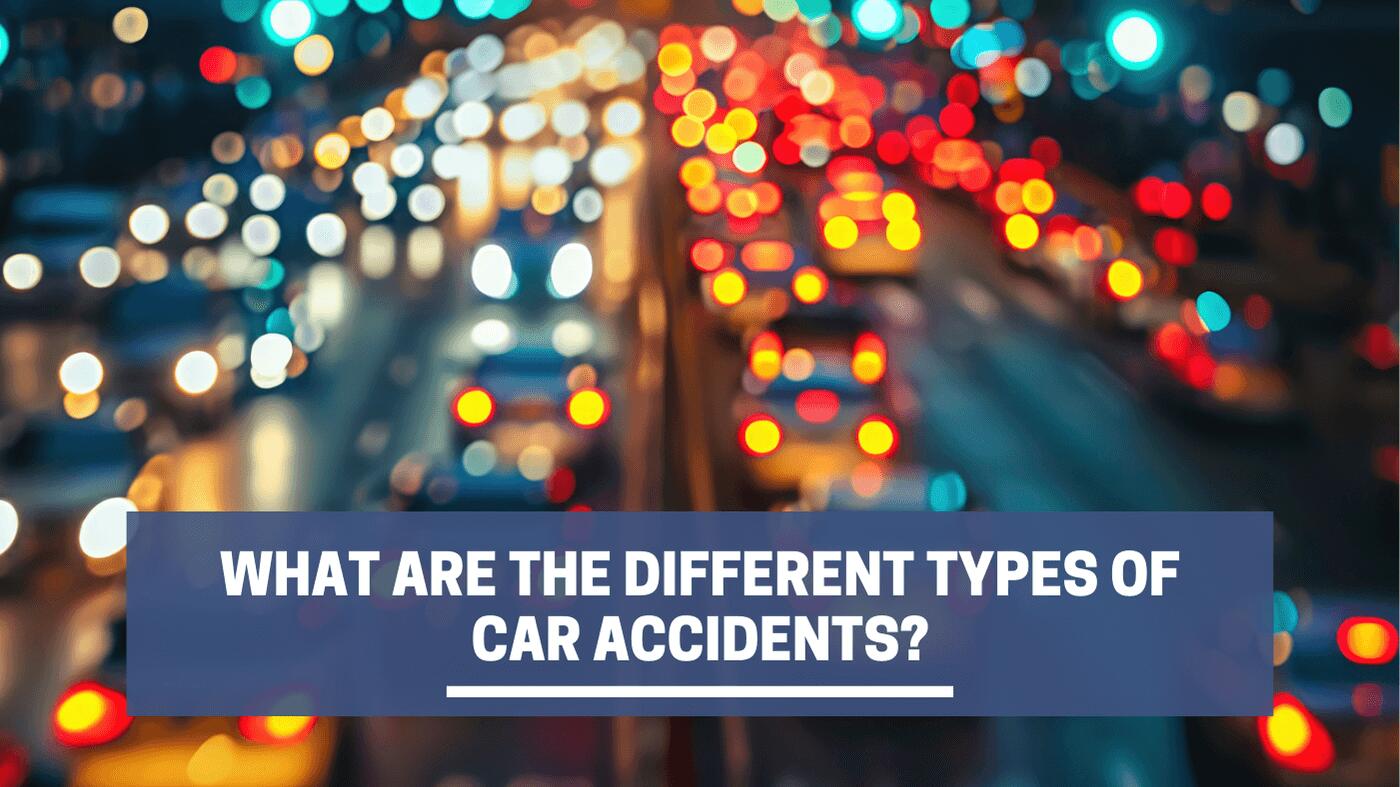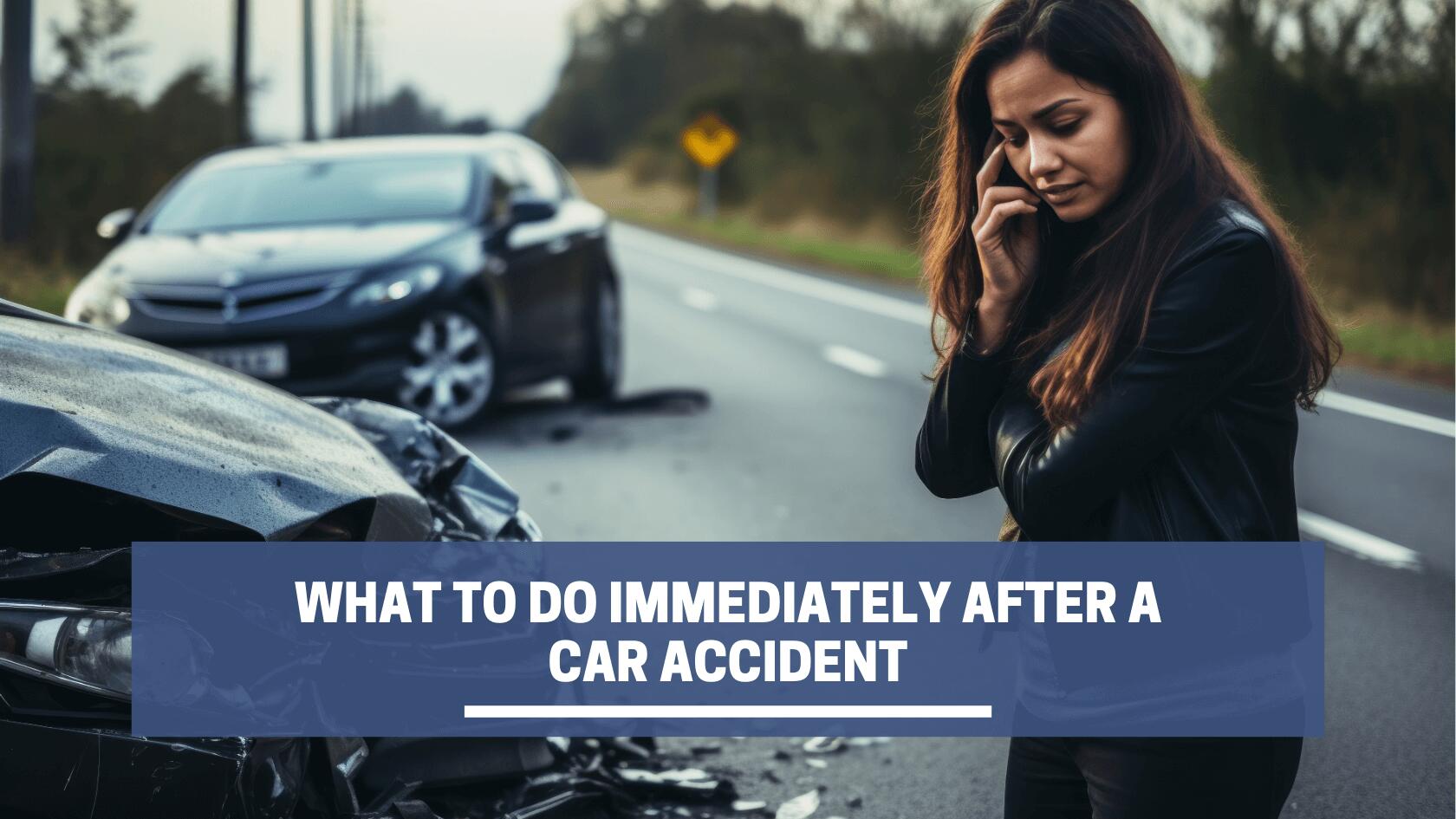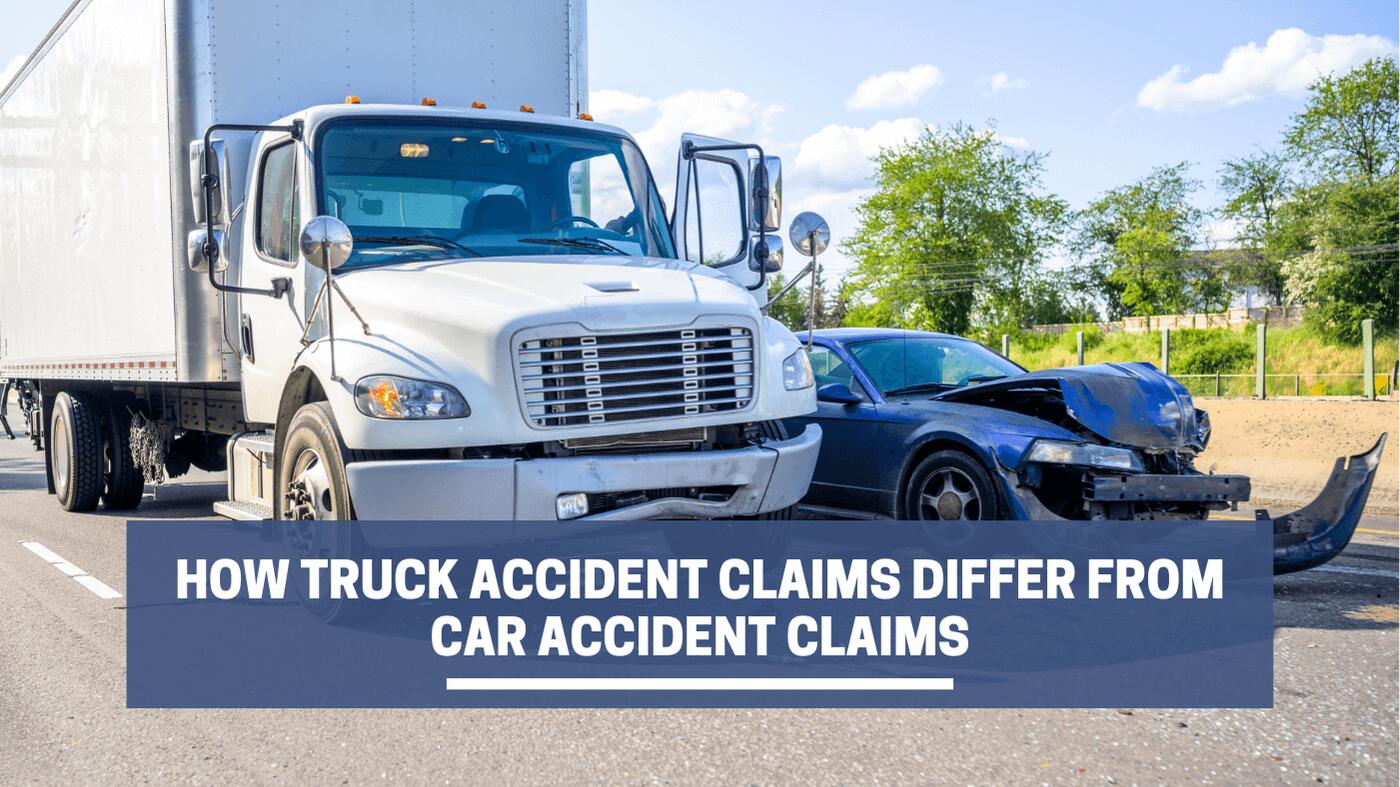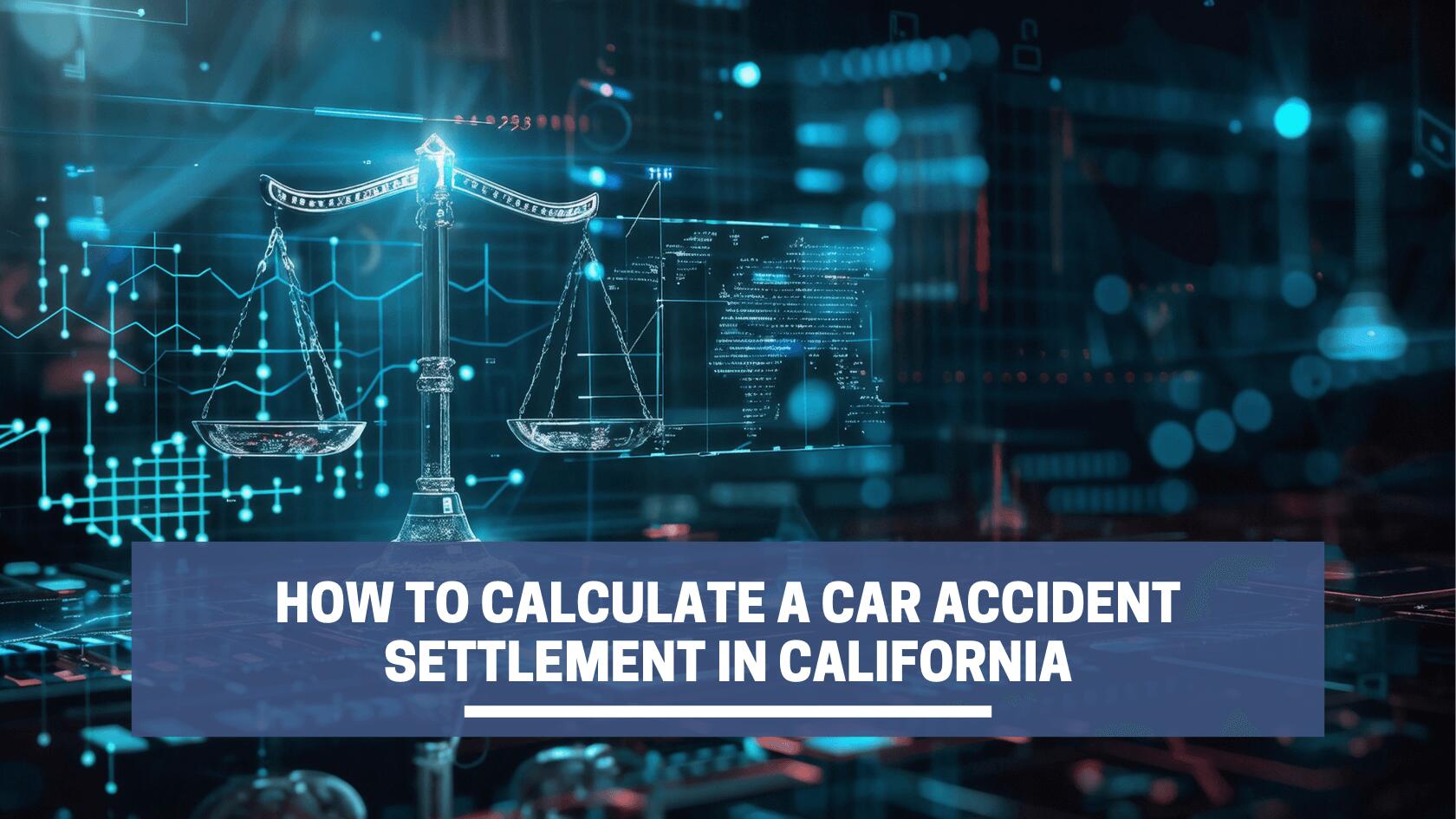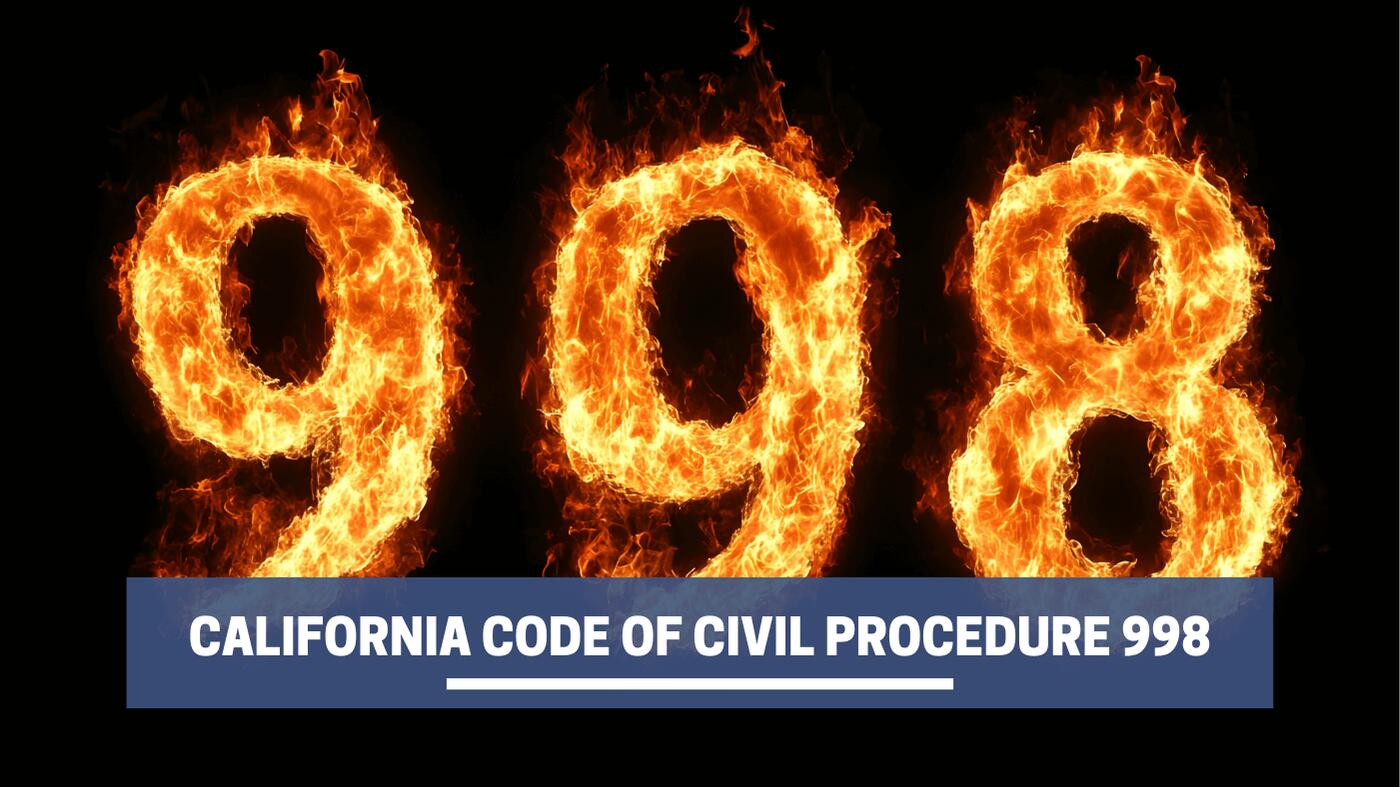Car accidents are common in the U.S., some deadly and others resulting in serious injuries. In 2023, there were an estimated 40,990 car crash fatalities across the country in different types of accidents, such as rollovers and rear-end collisions.
Knowing the different types of crashes may help you avoid them and prepare you for what to expect regarding insurance claims and damages. From multi-vehicle crashes to low-impact collisions, each type has unique causes and consequences.
Learn about various accident types, their causes, and potential outcomes if you’re involved in a crash.
Why Accidents Happen
Traffic accidents of all types, whether they involve passenger vehicles, motorcycles, or large trucks, typically happen due to poor road conditions, driver negligence, or both. The most common causes of traffic accidents nationwide include:
- Distracted driving. Distracted driving occurs when a driver’s attention is diverted from the road, often due to activities like texting, eating, or using in-car technologies. In 2022, distracted driving was responsible for 12% of injury crashes. It is a risk across all age groups and vehicle types, increasing the likelihood of accidents.
- Speeding. Driving at speeds above the posted limits or too fast for road conditions is considered speeding. Speeding was a factor in one-third of all traffic fatalities in 2021. This behavior endangers everyone on the road, increasing the severity of crashes and reducing the effectiveness of safety features in vehicles.
- Drowsy driving. Driving while tired or drowsy occurs when drivers behind the wheel do not sleep enough or take enough breaks. Fatigued driving was responsible for 1.6% of all traffic fatalities in 2022. Drowsy driving affects drivers of all vehicle categories, from passenger cars to semi-truck drivers.
- Alcohol-impaired driving. The federal government and all 50 states consider alcohol to be involved in an accident if at least one driver had a blood alcohol concentration (BAC) of at least 0.08 grams per deciliter (g/dL). An estimated 37 people die each day in alcohol-related crashes.
Types of Car Accidents
Car accidents can occur in numerous ways, resulting from different causes and driving maneuvers. These collisions lead to injuries, damages, and legal claims. Below is a breakdown of the most common types of car accidents and consequences from the crash:
| Accident Type | Description | Typical Causes | Common Outcomes |
| Multi-Vehicle Crashes | Accidents involving three or more vehicles, often resulting in chain-reaction collisions. | Heavy traffic, tailgating, sudden stops, distracted driving, and poor weather conditions. | Severe injuries, fatalities, extensive vehicle damage, significant traffic delays, and complex legal issues. |
| Single-Vehicle Crashes | Accidents involving only one vehicle, such as running off the road or hitting a stationary object. | Driver errors like speeding or intoxication, adverse weather conditions, mechanical failure, or poor road conditions. | Injuries to driver and passengers, vehicle damage, potential for legal consequences like fines or charges, and possible insurance claims. |
| Head-On Collisions | Collisions where the front ends of two vehicles hit each other. | Wrong-way driving, overtaking on two-lane roads, distracted driving, falling asleep at the wheel, and impaired driving. | High likelihood of fatalities, severe injuries, major vehicle damage, prolonged recovery times, and significant emotional trauma. |
| T-Bone Crashes | Accidents where the front of one vehicle crashes into the side of another, forming a “T” shape. | Running red lights, failing to yield at intersections, distracted driving, and speeding. | Serious injuries, particularly to passengers on the side of impact, potential fatalities, significant vehicle damage, and costly repairs. |
| Sideswipe Accidents | Incidents where two vehicles traveling parallel scrape against each other. | Unsafe lane changes, merging errors, distracted driving, and failure to check blind spots. | Generally minor to moderate injuries, cosmetic and structural vehicle damage, potential for loss of vehicle control, and traffic citations. |
| Rollover Crashes | Crashes where a vehicle tips over onto its side or roof, often due to a high center of gravity or impact forces. | High speeds, sharp turns, collisions with another vehicle or object, tire blowouts, or sudden maneuvers. | Severe injuries, high fatality rates, total vehicle loss, long-term recovery, and extensive medical expenses. |
| Rear-End Collisions | Occur when one vehicle crashes into the back of another vehicle. | Tailgating, distracted driving, sudden braking, and adverse weather conditions like rain or snow. | Whiplash injuries, minor to moderate vehicle damage, potential for chain-reaction crashes, and traffic citations. |
| Hit-And-Run Accidents | Involve one vehicle striking another vehicle, pedestrian, or object and then fleeing the scene. | Driver panic, intoxication, lack of insurance, or fear of legal consequences. | Legal consequences for the fleeing driver, injuries or fatalities to the victim, unresolved insurance claims, and potential criminal charges. |
| Parked Car Accidents | Happen when a moving vehicle strikes a parked vehicle. | Distracted driving, poor visibility, tight parking spaces, and driving under the influence. | Minor to moderate vehicle damage, potential for hit-and-run charges, and insurance claims. |
| Road Debris Collisions | Involve vehicles hitting debris or obstacles on the road. | Poor road maintenance, littering, or unsecured loads on other vehicles. | Vehicle damage, potential loss of control, and minor to severe injuries depending on the debris size and speed of impact. |
| Fender Benders | Minor accidents often occurring at low speeds, typically in parking lots or during slow traffic. | Slow-speed maneuvers, parking errors, minor distractions, reversing without checking surroundings. | Minor vehicle damage, injuries like whiplash or soft tissue damage, potential for cosmetic repairs, and usually straightforward insurance claims. |
| Pedestrian Accident | Involve a vehicle striking a pedestrian. | Distracted driving, failing to yield to pedestrians, speeding, impaired driving. | Severe injuries or fatalities to the pedestrian, legal consequences for the driver, and potential for extensive medical expenses. |
| Bicycle Accident | Involve a vehicle colliding with a bicycle. | Distracted driving, failing to share the road, poor visibility, speeding. | Injuries or fatalities to the cyclist, legal consequences for the driver, and damage to the bicycle. |
| Ride-Share Vehicle Collision | Accidents involving vehicles operated by rideshare drivers (such as Uber) while transporting passengers or en route to pick up passengers. | Distracted driving, fatigue, unfamiliarity with routes, pressure to quickly complete trips. | Injuries to passengers, drivers, and other road users, vehicle damage, complex insurance claims involving rideshare companies. |
What to Do After a Collision
Whether you have been involved in a car accident as a driver or a passenger in someone else’s vehicle, it’s important to know what to do after a collision. The right actions can protect your well-being and the ability to seek compensation for your injuries and damages in a car accident settlement. Here’s a general guide on what to do after any type of car accident:
- Request medical help. Call 911 and request medical assistance, even if you don’t believe you are injured. Some injuries, such as brain trauma or internal bleeding, can take several hours or even days to manifest.
- Call the police. File an accident report with the police. Many states, such as California, have laws that require reporting crashes that result in bodily harm or a certain level of property damage to authorities. Once the police submit their report, you can obtain a copy and use it for your insurance claim.
- Exchange information. Speak with the other drivers involved in the accident and any available passengers. Obtain their names, phone numbers, home addresses, license plates, and insurance details. If witnesses are available, request their names, a statement, and contact information.
- Document the crash. Take photos and videos of the crash scene, the damage to your vehicle and the other drivers’, and local road conditions. Also, document any visible injuries, road signs, or debris.
- Do not admit fault. Don’t say “sorry” or make statements that could be construed as admitting fault. Only explain the facts: what you saw, heard, and were doing before and after the accident.
- Speak with your insurer. Report the accident to your insurance company. Provide them with all the details and documentation you gathered to initiate the claims process. An adjuster will investigate the crash to determine fault, typically leading to a settlement from the liable party.
- Contact a lawyer. Speak with an experienced car accident attorney to protect your rights. They can guide you through the settlement process, negotiate with insurance for a fair settlement, and assist with complex claims, such as filing against a ride-share company like Lyft.
Get Skilled Representation After a Car Accident
Any type of car accident can be a traumatic event that impacts your well-being and legal rights. To protect yourself after a crash, gather all possible evidence of what happened and get medical help. Speak with an attorney to understand your legal options and represent your interests during the settlement process to obtain financial support for medical bills, lost wages, and other losses. Taking these actions helps ensure you are well-prepared to handle the challenges that come after a collision.







